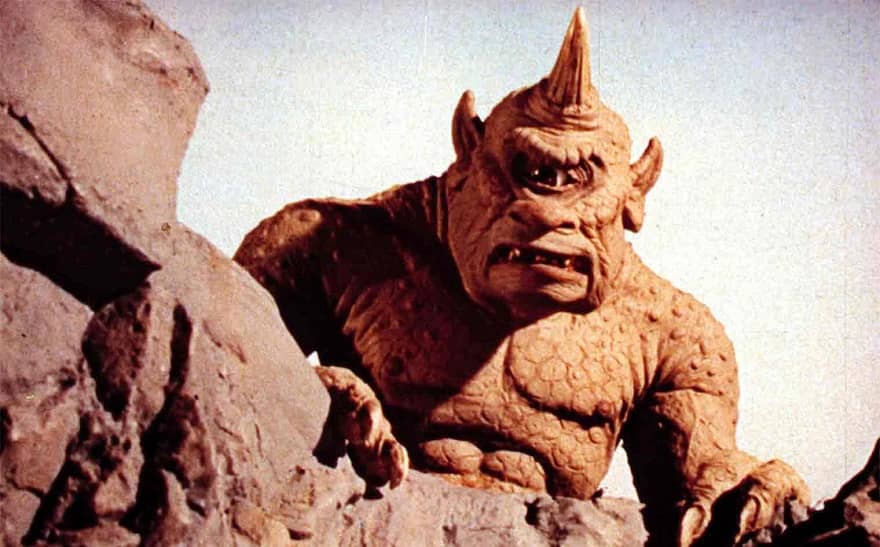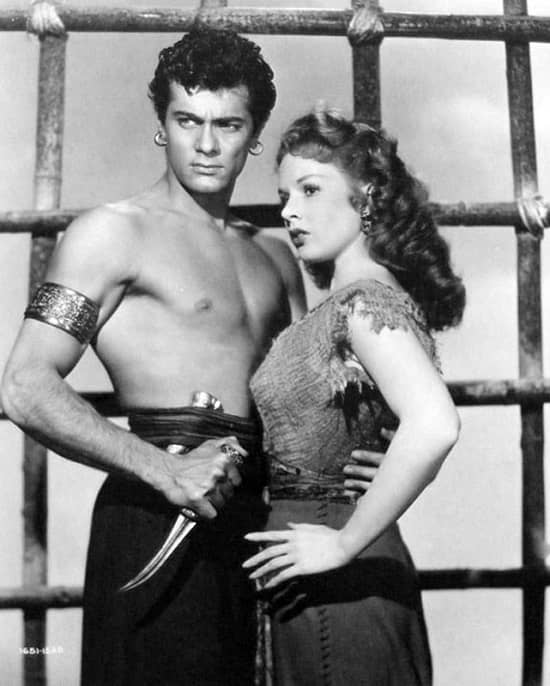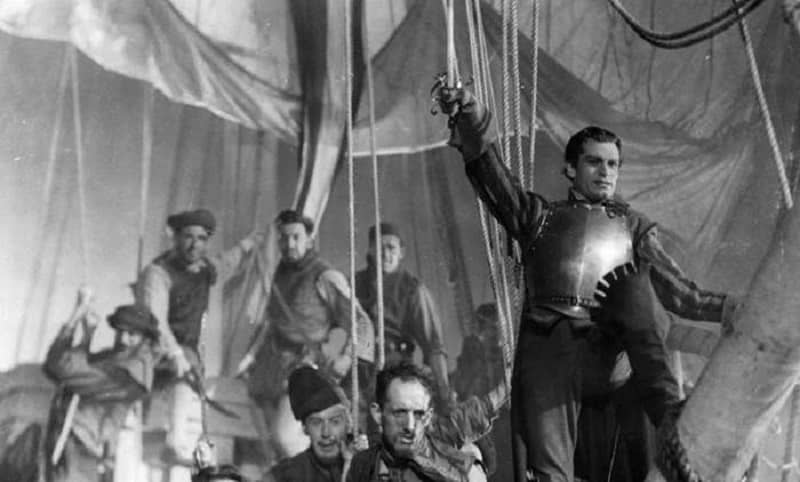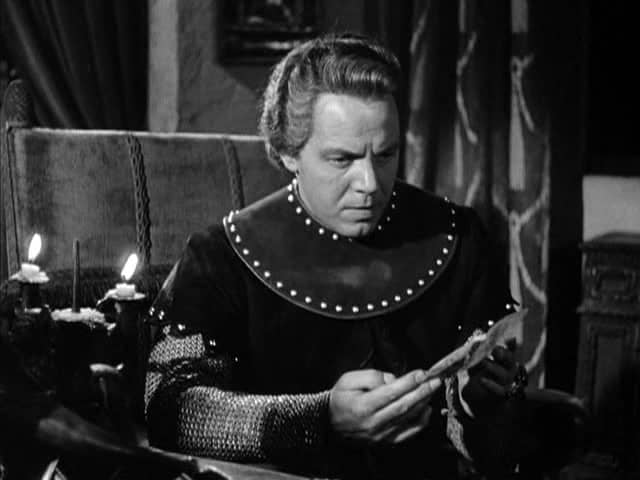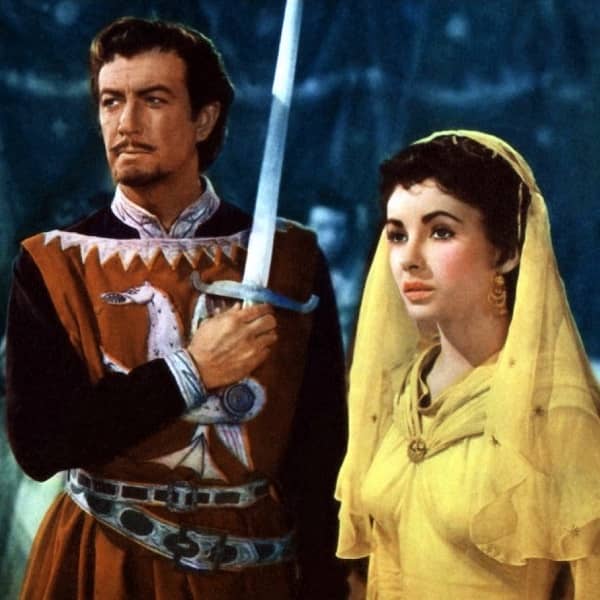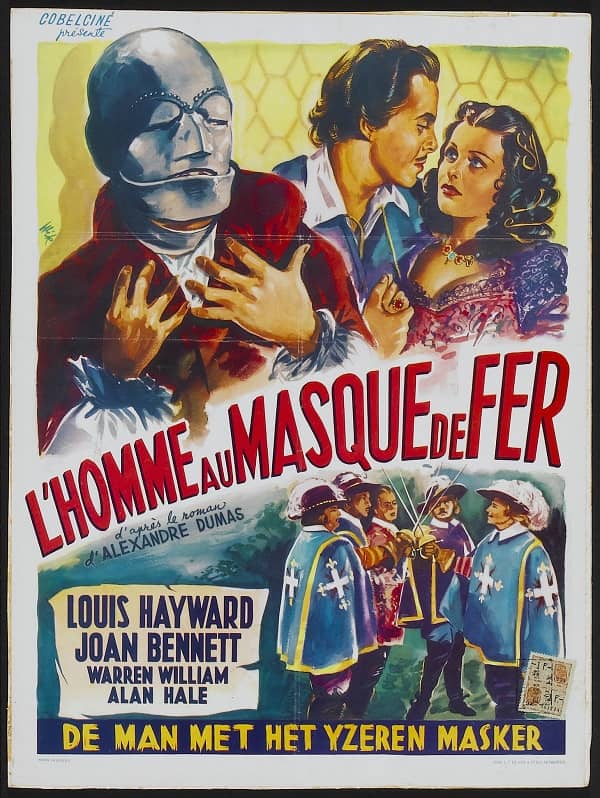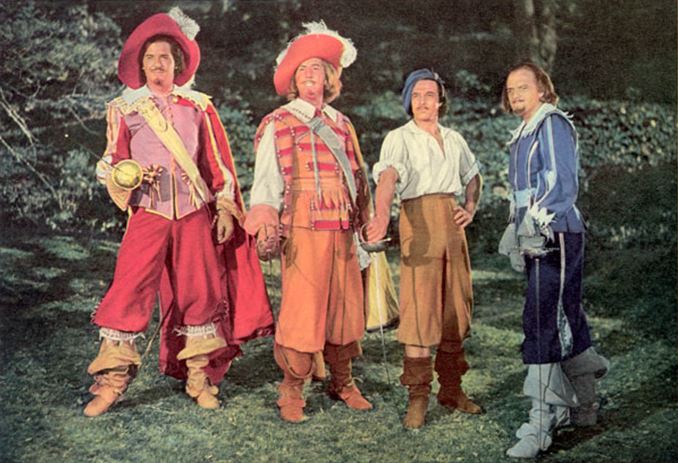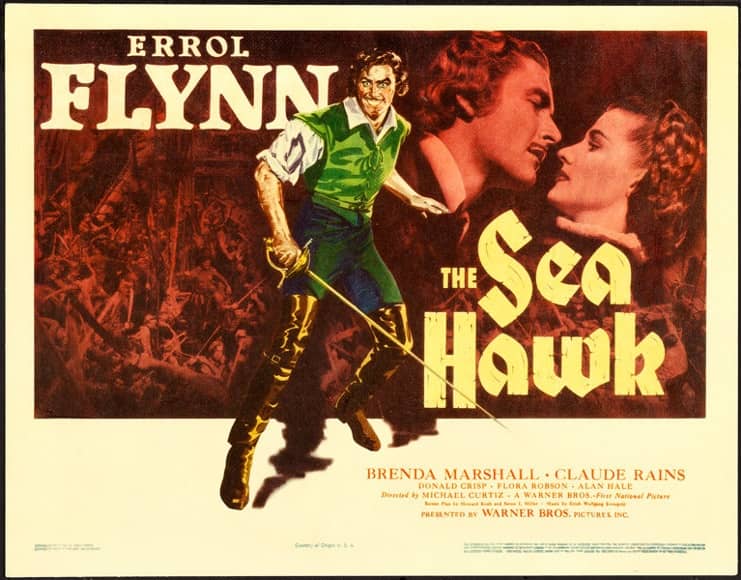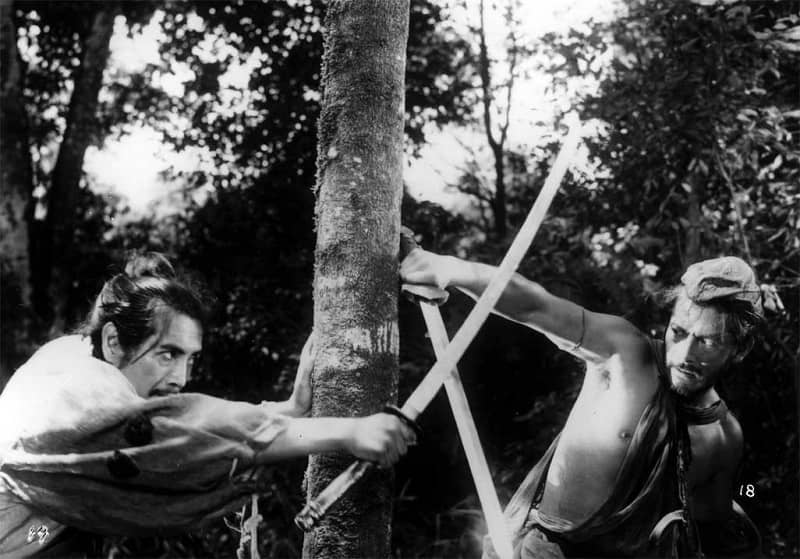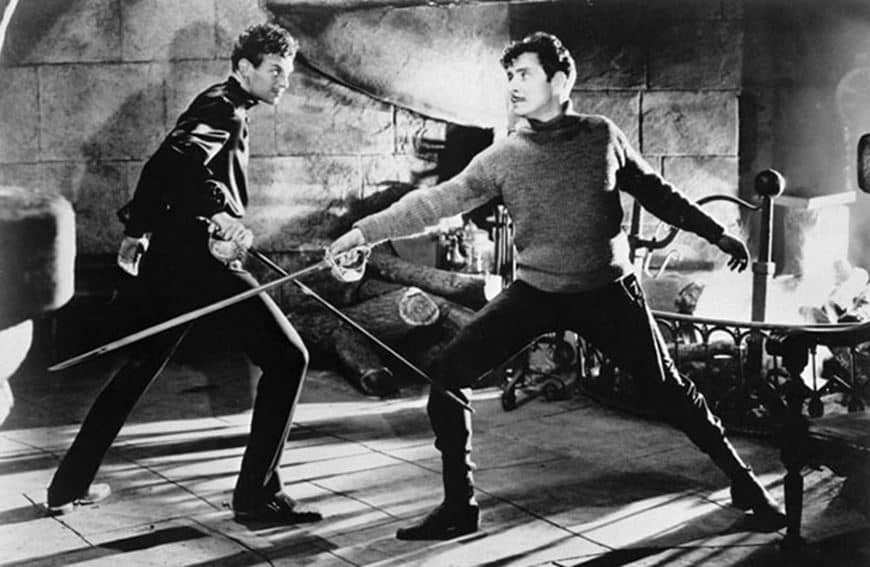Ellsworth’s Cinema of Swords: The 7th Voyage and Its Children
The 7th Voyage of Sinbad (1958)
Nowadays you can’t walk down a store’s DVD aisle without tripping over a stack of fantasy films, but not that long ago they were as rare as roc’s teeth and finding a good one was like stumbling on a magic lamp. In that regard, Ray Harryhausen’s 7th Voyage of Sinbad was a watershed, a top-notch fantasy that seemed to leap out of nowhere into magical life (though it had predecessors in the 1924 and 1940 Thief of Bagdad films). Hollywood didn’t quite know what to make of it, so 7th Voyage was followed by just a few copycats that were pitched at children. But it inspired an entire generation of young filmmakers, special effects artists, and game designers, whose work would bear fruit in the fantasy boom that would begin in the early Seventies.
The 7th Voyage of Sinbad
Rating: ***** (Essential)
Origin: USA, 1958
Director: Nathan Juran
Source: Viavision Blu-ray
Before 7th Voyage, Ray Harryhausen was just the creature guy for black-and-white monster movies; after this big-budget full-color fantasy adventure, he was the premier special-effects wizard of his time, not simply because he presented the most convincing and magical fantasy creatures in world cinema, but also because it proved he was a top-notch storyteller into the bargain. This film delights the child, adult, and professional storyteller in me equally, and I love it without reservation.
